A cartoon is doing the rounds online, critiquing American isolationism and the reluctance to engage with the war in Europe. It lampoons the head-in-the-sand myopia of the America First movement – and feels highly relevant today. But this cartoon isn’t new; it is from 1941. And its targets aren’t Donald Trump and J.D. Vance, but Charles Lindbergh and Joseph Kennedy. The cartoon, while acerbic, has a cozy, familiar quality reminiscent of children’s books – for good reason. It was drawn by Dr. Seuss.
Long before the Cat donned his Hat and the Grinch stole Christmas, Dr. Seuss – real name Theodor Seuss Geisel – was a political cartoonist. He produced some 400 drawings for the liberal New York paper PM and was a vociferous critic of America’s reluctance to engage with the fascist menace in Europe. He was particularly critical of Lindbergh – an aviator hero, appeaser and possible Nazi sympathizer – whom he often depicted as an ostrich called “Lindy.” Geisel was born in 1904 of immigrant descent, and all four of his grandparents were German. He consequently took a keen interest in events in Europe. He attended New Hampshire’s elite Dartmouth College and Lincoln College, Oxford, where he intended to become a doctor of philosophy in English literature. Instead, he became Dr. Seuss. His future wife persuaded him to forgo a teaching career to concentrate on drawing, and so Geisel headed into the world of animation and advertising, plugging everything from bug sprays to Ford motors.
He was particularly critical of Lindbergh – an aviator hero, appeaser and possible Nazi sympathizer
But it was the rumblings of war in Europe that turned him to political cartooning. His canon of work was almost forgotten until the publication in 1999 of Dr. Seuss Goes to War, by Richard H. Minear. As Art Spiegelman, creator of the graphic novel Maus, wrote with disbelief in the introduction, “What? Dr. Seuss, beloved purveyor of genial rhyming nonsense for beginning readers, stuff about cats in hats and foxes in socks, started as a feisty political cartoonist who exhorted America to do battle with Hitler? Yeah, right!”
The cartoons, populated with sinister comic beasts and drawn with charm and childish glee, rail against the isolationism, racism and anti-Semitism that was rampant in prewar America. The cartoon currently being shared online – and pictured on the opposite page – depicts “The Great US Sideshow” in which two men with “the Siamese Beard” are conjoined by their facial hair in a freak show. One is a Nazi, emblazoned with a swastika; the other a proud supporter of “America First.”

Launched in 1940, the America First Committee gained 800,000 members before it was dissolved four days after the attack on Pearl Harbor in December 1941. The AFC argued that America was powerful enough to withstand any attack and that, were the Nazis to win the war in Europe, it would not be enough to jeopardize American national security.
The AFC was founded by R. Douglas Stuart Jr., the heir to the Quaker Oats Company fortune, and was backed by millionaires such as Henry Ford, who was a notorious anti-Semite. The US ambassador to the Court of St. James, Joseph Kennedy (father of John F. and Bobby) was another admirer – and had to resign his diplomatic post as a result. Actress Lillian Gish and architect Frank Lloyd Wright also joined the band of America First fanatics.
The AFC’s most famous supporter, however, was the all-American hero Charles Lindbergh. He had conquered the Atlantic with a non-stop solo flight – and endured the tragedy of his son’s kidnapping and murder. It was at Lindbergh whom Dr. Seuss aimed his nib, with a succession of cartoons belittling “Lindy the ostrich.” “Get your ostrich bonnet here,” proclaims one banner in a 1941 cartoon. “Relieves Hitler Headache… Forget the terrible news you’ve read, your mind’s at ease in an ostrich head.”
The rhyme is typical Seussian verse – which later proved the hallmark of his children’s books. Other traits of Seuss’s political cartooning influenced his later work and indeed many of the bizarre creatures he used to attack “America First” would reappear in his children’s books. An image of an isolationist whale stranded on a mountain found its way into his 1955 book On Beyond Zebra!
Yertle the Turtle, published in 1958, began life as a political cartoon which satirized dawdling wartime business. The turtles balance on each other’s shells to form a “V-sign” – with the message “You Can’t Build A Substantial V Out of Turtles!” An early incarnation of Yertle even sported a Hitler mustache. “I’m subversive as hell! I’ve always had a mistrust of adults… The Cat in the Hat is a revolt against authority,” Geisel declared.
The cartoons are a reminderthat America has form when itcomes to putting itself first
Unfortunately, Dr. Seuss’s reputation has been tarnished. His depictions of the Japanese during the war were undoubtedly racist, and then in 2021 his estate – Dr. Seuss Enterprises – removed six of his books from publication for portraying people in “hurtful and wrong ways.” Ironically, the scourge of anti-Semitism in the 1940s has been deemed – in some of his books – to be subliminally anti-Semitic.
It’s sad that his role resisting fascism is often forgotten, particularly given that his war record was impressive. By 1943, he had joined the US Army, where he was put in command of the animation department of the First Motion Picture Unit. He wrote films with Frank Capra and, along with Bugs Bunny creator Chuck Jones, collaborated on the Private Snafu animation series. His 1947 documentary Design for Death, about the origins of the war with Japan, won an Oscar.
All were forms of political propaganda, of course – as were many of his children’s books. But at their best, his cartoons were, as Spiegelman said, “very impressive evidence of cartooning as an art of persuasion.” Today, Dr. Seuss’s cartoons are still a reminder that America has form when it comes to putting itself first.
This article was originally published in The Spectator’s May 2025 World edition.



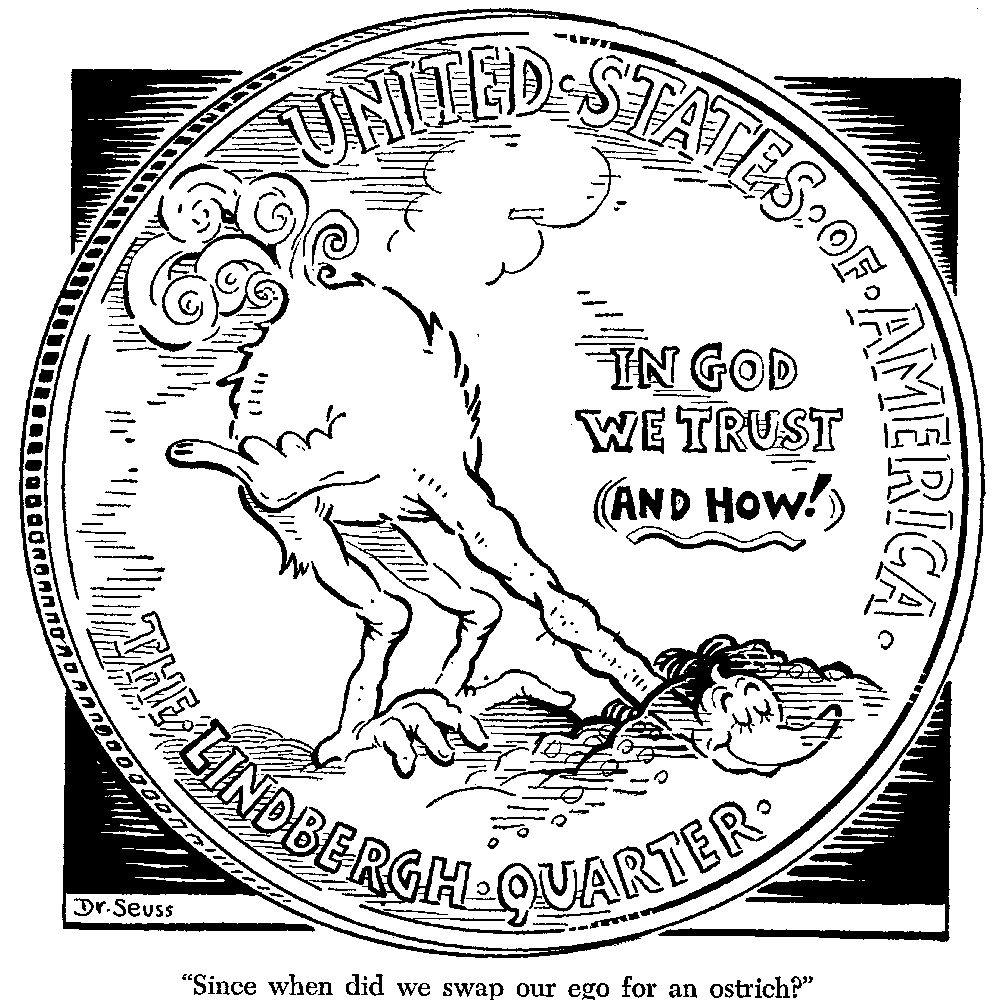







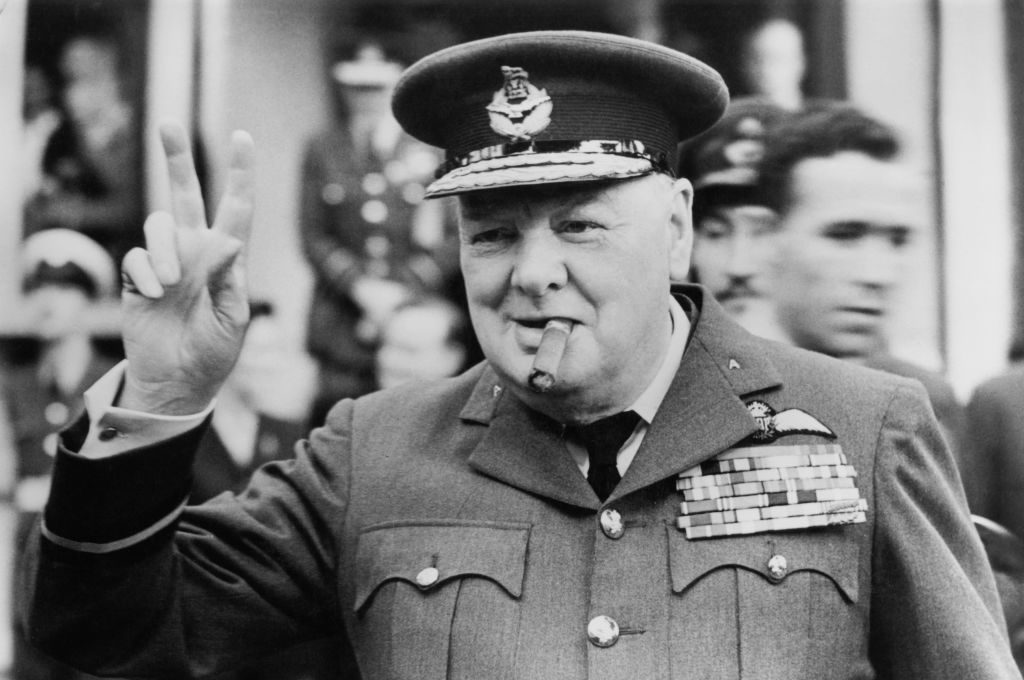





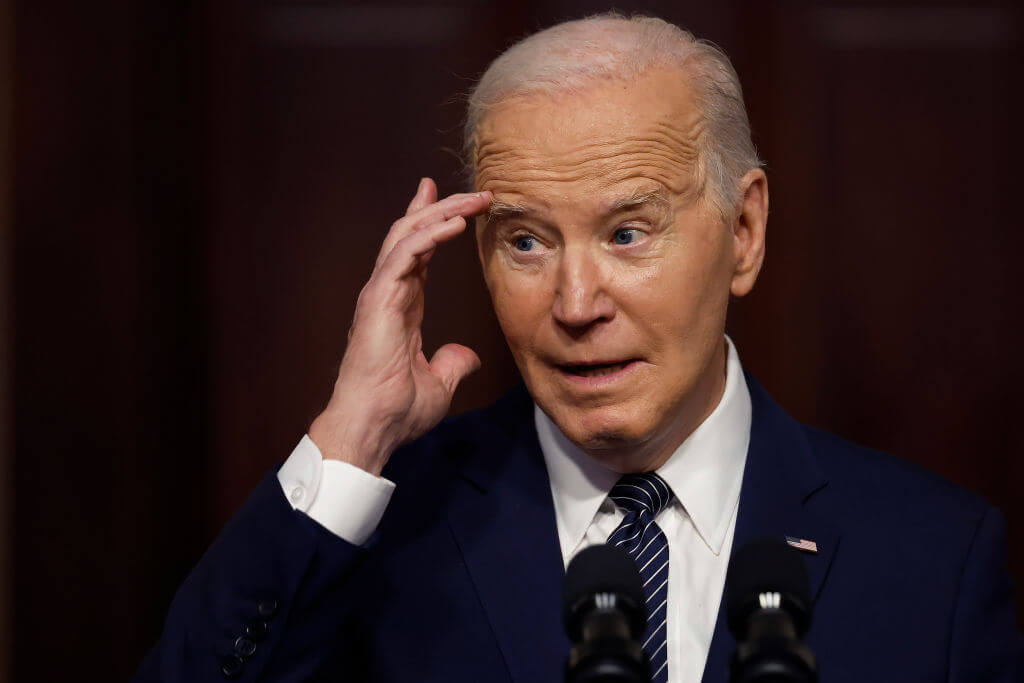


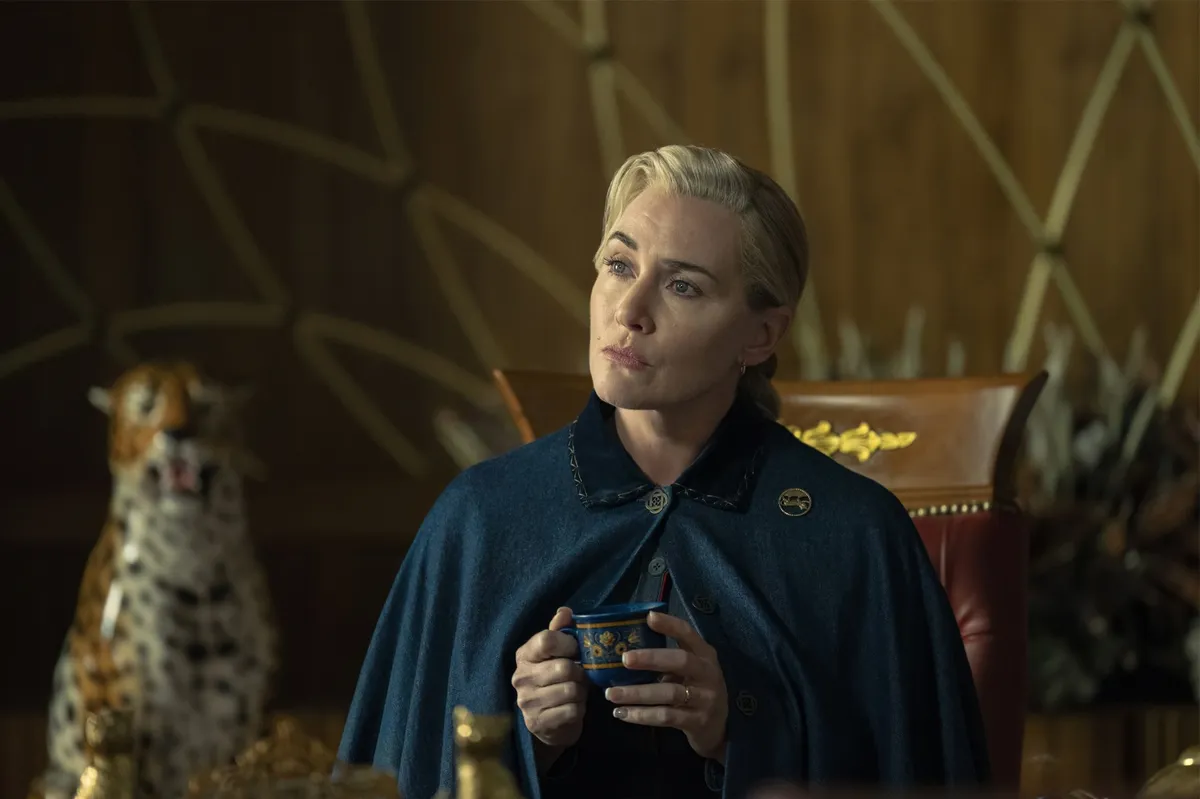
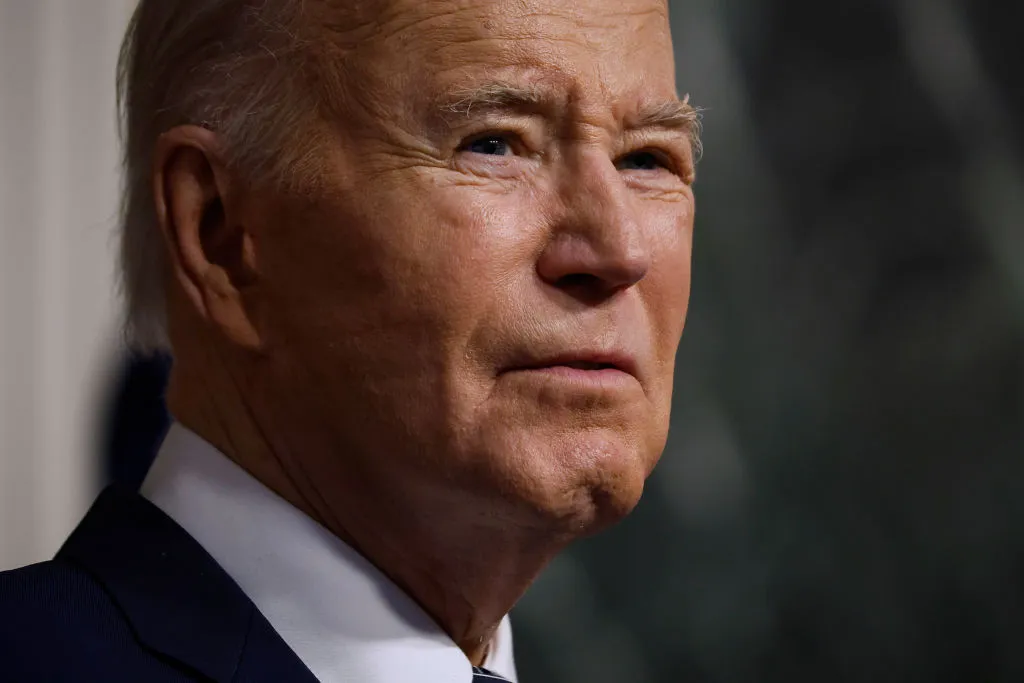

Leave a Reply